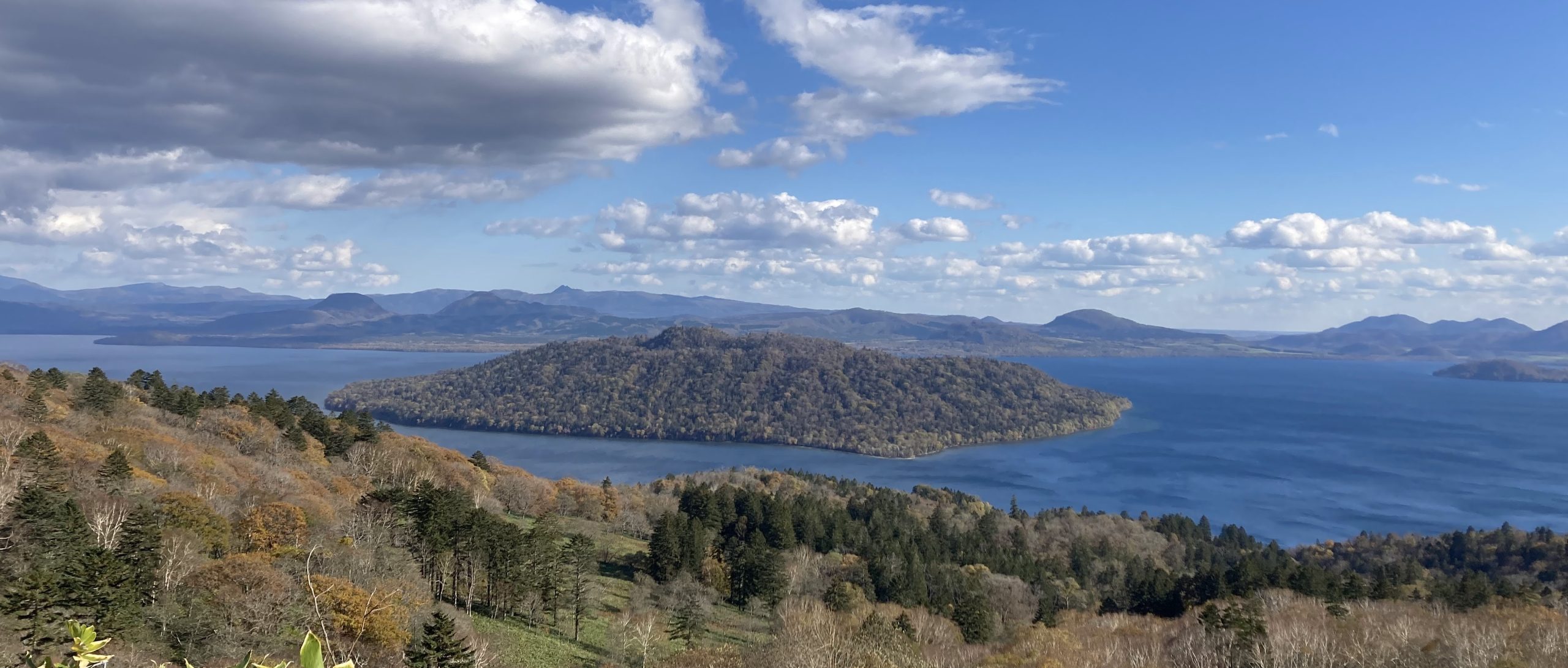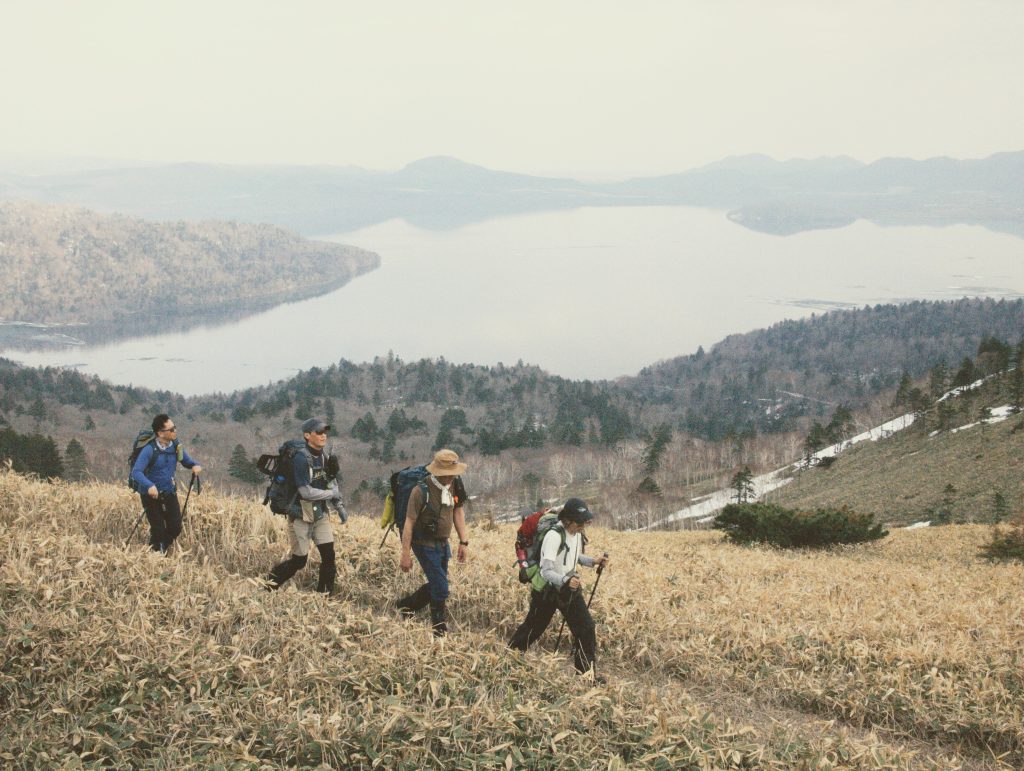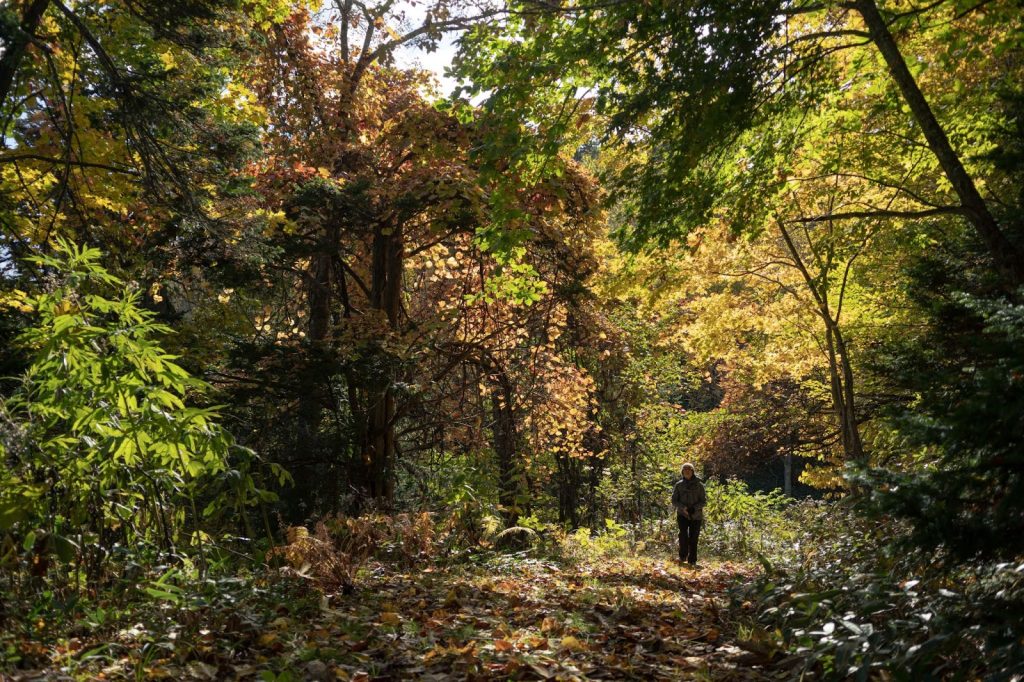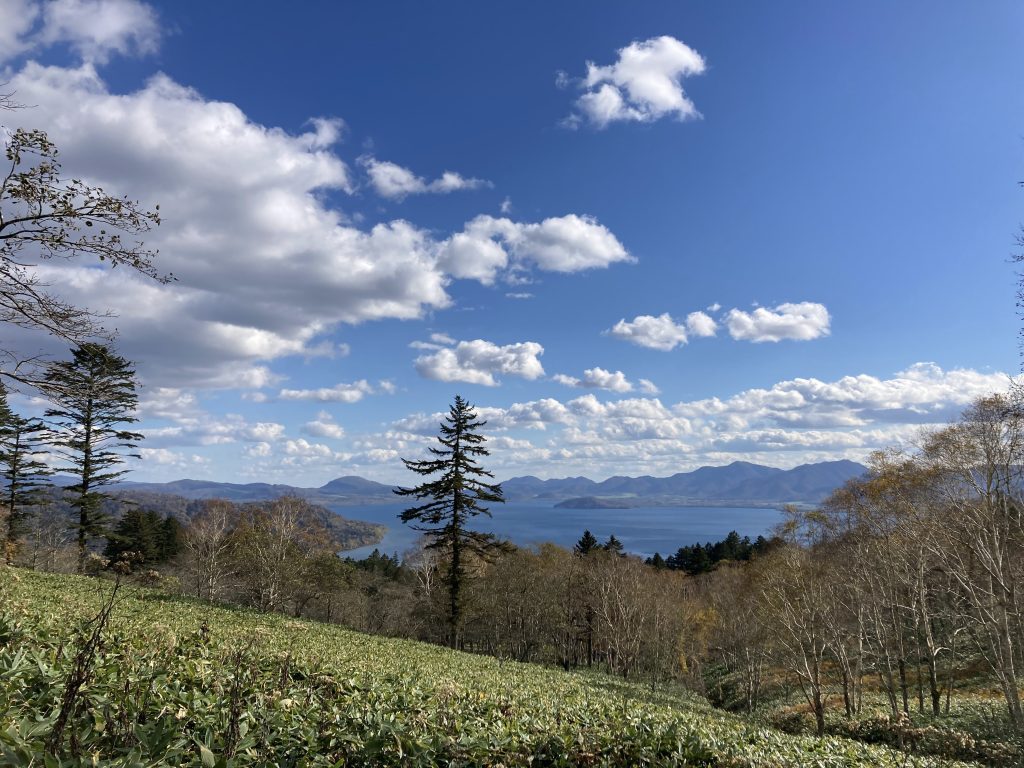
BIHORO PASS
Bihoro Pass
Lake Kussharo covers 79.5 km2and is the largest of Japan’s caldera lakes. It fills most of the western half of the Kussharo Caldera, which is an enormous depression (20 × 26 km) that was formed in a series of major eruptions beginning over 300,000 years ago. Bihoro Pass is one of the best vantage points from which to take in the scale of the lake and the even larger caldera.


The Mashu Kussharo Trail (MKT) and view from Bihoro Pass
The MKT runs 62.5 kilometers between Bihoro Pass and the rim of the Mashu Caldera, skirting the southern and eastern shoreline of Lake Kussharo. The island in the center of the lake is a post-caldera lava dome. The peaks on the eastern shore of the lake are part of the Atosanupuri volcanic complex and include Mt. Io, once mined for sulfur ore in the late nineteenth century. In good weather, the entire landscape of the MKT, including the mountains of the Mashu Caldera, is clearly visible from the pass.

New access and a new lifeline
From ancient times, Ainu followed a footpath over the Kussharo Caldera rim to reach Ikenoyu, a hot spring beside Lake Kussharo. A trail for horse-drawn vehicles was first constructed over Bihoro Pass in 1920, when it became one of only two significant routes into the Lake Kussharo area. This trail was upgraded to a road, but today a much newer road crosses the pass and connects the Bihoro and Teshikaga districts. The MKT follows the route of the old road between Lake Kussharo and Bihoro Pass. In August 1920, extreme flooding closed the main access route into the Kussharo area from the south, between Teshikaga and Shibecha. Teshikaga became isolated and the communities in the area were cut off. Roads toward Bihoro Pass from the north and from the south were incomplete, forcing people to carry necessities into the area from Bihoro on foot. In response to this disaster, completing the road over Bihoro Pass was made a priority, and by the end of 1920 the road opened, providing a significant new lifeline to the region.

